| Heraklion is home to many all year round attractions that are worth taking a look into. This city's history can be found in its various museums, palaces, temples, monuments and buildings. If you are unsure of what to explore during your free-time in this town, it is possible to get free walking tours, mobile app guides, or you can take a look at our list of suggestions: |
| The Venetian Loggia is a Venetian mansion built in 1628, which used to be a meeting place for the nobles of Crete.
"In the centre of Heraklion Town, on the square of Saint Titus and along 25th August street, you will find an impressive building of the Venetian times that has survived and functions till today: the Venetian Loggia, a typical construction of the Venetian rule, has been renovated and hosts today the Town Hall of Heraklion."
|
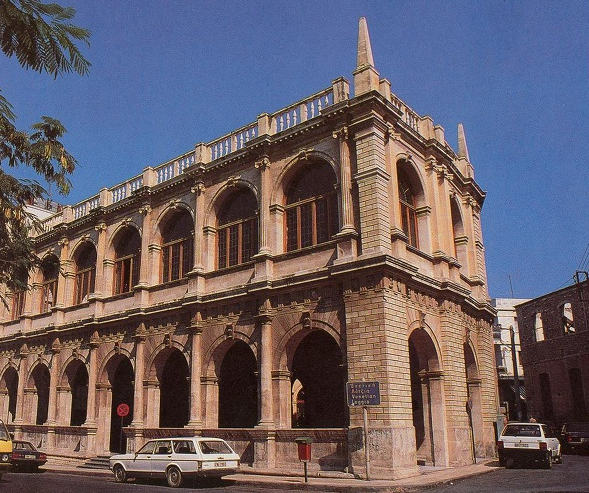 |
|
The Palace of Knossos is the oldest palace in Europe and one of the four Minoan palaces. This Palace holds a strong connection with Greek Mythology, as well as many artifacts of the Minoan civilization, and is only 20-25 minutes away from the city center.
|
 |
|
The Koules Fortress: "The Venetian Castle of Heraklion is called Koules, which means fortress in Turkish. It is an impressive fortress that surrounds the harbor of Heraklion, Crete. The Koules Castle is a massive fortress with two storeys that used to guard the entry to the port."
|
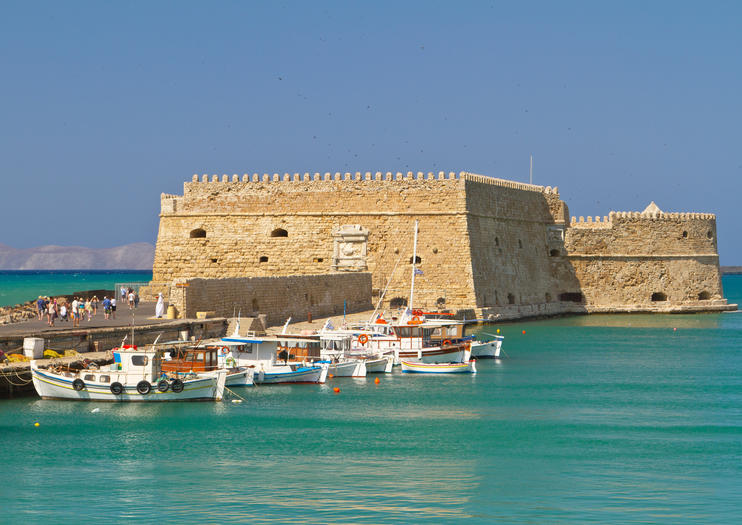 |
|
Liondaria, or Lion Square: "This is the heart of Heraklion where tourists and locals share the small space around the fountain (…) The decorated fountain is composed of eight cisterns and decorated with stone relief, depicting figures of Greek mythology, Nymphs, Tritons, sea monsters and dolphins, while the main basin is supported by four sitting lions balancing a circular bowl on their heads."
|
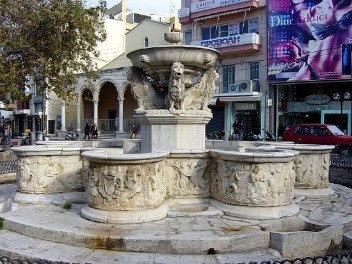 |
|
The Agios Minas Cathedral is a Greek Orthodox Cathedral dedicated to Saint Minas, the protector of Heraklion. "The cathedral was built during 1862 and 1895 and is among the largest in Greece with its capacity can reach up to 8000 people. The interior is impressive with beautiful architecture, stunning murals on the dome and well-crafted chandeliers".
|
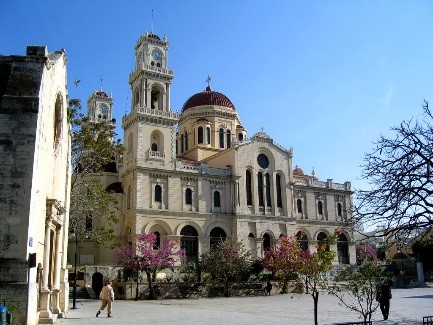 |
|
The Fortifications of Heraklion are medieval city walls that were used to protect the city from enemies and which remain well preserved to this day. It is now possible to walk along the top of these walls and enjoy a view over the city.
|
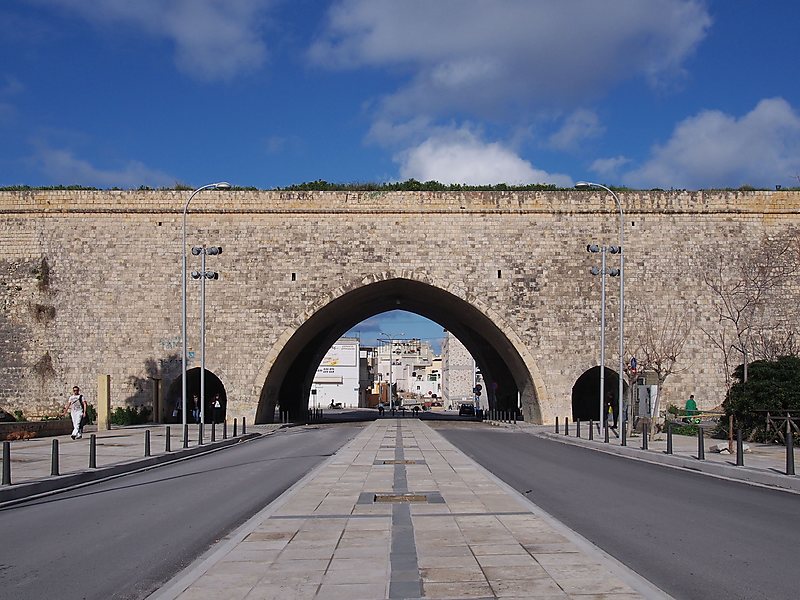 |
|
Source: https://www.heraklion.gr/en/visitor/welcome.html
|
|
Museums:
|
| The Heraklion Archaeological Museum is regarded as one of Europe's most important museums.
"It houses representative artefacts from all the periods of Cretan prehistory and history, covering a chronological span of over 5,500 years from the Neolithic period to Roman times. The singularly important Minoan collection contains unique examples of Minoan art, many of them true masterpieces."
Website: http://odysseus.culture.gr/
|
 |
|
The Natural History Museum was founded in 1980 and has been growing ever since, housing five departments: Zoological, Botanical, Anthropological, Paleontological-Geological and Mineralogical.
"Since 1985 great efforts have been made initially to create and then to enrich and classify the collections of the Museum. Today the collections of the Museum include samples from Greece and the Mediterranean. (…) In addition to collections and workshops, an important objective of the Museum was the creation of an exhibition space where the public would have the opportunity to get in touch with the museum's collections and to be informed about the natural environment."
Website: http://www.nhmc.uoc.gr/en
|
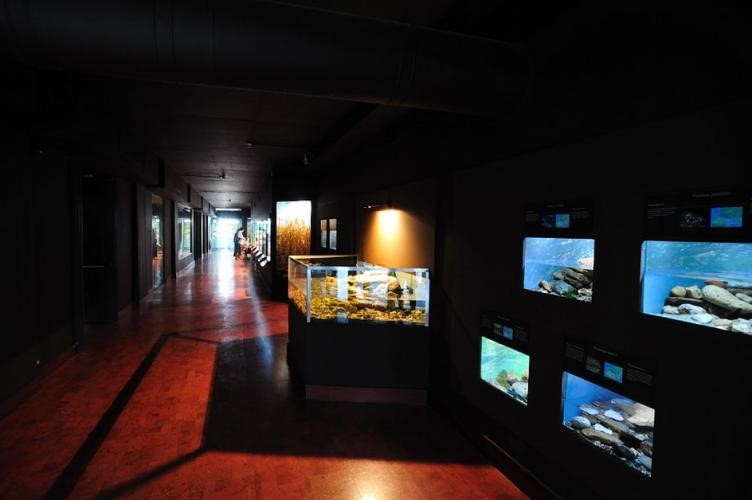 |
|
The Historical Museum of Crete, foundedin 1953 by the Society of Cretan Historical Studies (S.C.H.S.), presents a comprehensive view of Cretan history from early Christian times to the present day.
"From its beginnings, the Historical Museum of Crete has been animated by a pioneering spirit. Successive extensions to the museum and recent re-displays, using contemporary perceptions in museology and new media applications, have contributed to creating a lively, up-to-date, visitor-friendly museum."
Website: http://www.historical-museum.gr
|
 |
|
Information on mobile apps for visiting Heraklion can be found at:
https://www.heraklion.gr/en/ourplace/web-mobile-apps-for-heraklion/web-mobile-apps.html
|